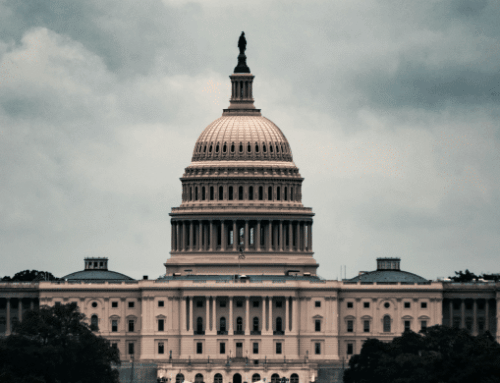The Senate Armed Services Committee (SASC) synopsis of its latest actions regarding the Pentagon authorizing legislation trumpets an increase of $25 billion over the President’s budget request of $715 billion.
WARNING: spending in press releases is smaller than it appears.
Quick tutorial #1: When we talk about “Pentagon spending” we mean money for the Budget Function 051—which is for the Pentagon itself. There is a larger pot of money that is for other “national security” functions which is identified by budget nerds like us as 050 money. Check out the handy chart we created when the President’s Budget request was released at the end of May.
Quick tutorial #2: When we talk about legislative actions of either the House or Senate Armed Services Committees, bear in mind that these “authorizing” committees are all about the policy and not at all about the spending. Only the legislative actions of the House and Senate Appropriations Committees can cause even a dime of your tax dollars to be spent.
Okay, thanks for sticking with us through those two, major, asides. They’re important because reporting on the SASC actions often refers to this as a spending increase. In fact, it is an increase in the level the Pentagon would be authorized to spend if the final Defense Appropriations Act includes any actual increase of dollars. This is a crucial caveat.
The House Appropriations Committee’s Subcommittee on Defense took up the DoD Appropriations bill shortly before the 4th of July break. That bill, as we wrote at the time, includes $706.4 billion for the Pentagon, including $1.3 billion for programs the Pentagon never requested as you can read on our latest “Zero to Hero” chart. Add to that the just under $11 billion for Military Construction in separate legislation and you have the House Appropriators weighing in at roughly $717 billion – a far cry from the SASC-recommended topline of $740 billion. Again, remember the caveat, authorizers propose a plan for money, appropriators cut the checks (or don’t).
The full House of Representatives hasn’t taken up the Pentagon spending bill and it’s possible there will be Floor amendments to increase the topline. This raises the question: will any level of spending ever satisfy the so-called “defense hawks”? Public reporting is that only one member of the Senate Armed Services Committee, a Democrat, voted against the increased topline. That means every Republican and all but one Democrat voted for a 3.5% “increase” to the Pentagon topline – remember, the authorizing bill doesn’t cause money to be spent.
The seeds of this increase may have been sown back in 2018 in the report of the National Defense Strategy Commission, “Providing for the Common Defense”. That report recommended a 3-5% real increase (including inflation) for the next five fiscal years. See our contemporaneous thoughts on that report here. Defense hawks have continued to beat that very expensive drum and, at Taxpayers for Common Sense, we see echoes of this recommendation in the actions of the SASC.
We’ve thrown a lot of numbers and percentages at you in this “Our Take.” For reference we created this colorful chart for you to use when someone tells you Pentagon spending must increase by 3% or 4% or 5%.

At “just” a 3% real increase in spending, after five years you are well above $900 billion in annual Pentagon spending – to say nothing of the rest of the security establishment (see Quick Tutorial #1, above). A 5% real increase would put Pentagon spending above $1 TRILLION in Fiscal Year 2026.
We’re deficit hawks. Pentagon spending in the neighborhood of $850 or $900 billion a year is unsustainable. And it is indefensible as the U.S. extricates itself from both Afghanistan and Iraq.
According to the press, all eyes are now on the House Armed Services Committee, taking action this week, to see if that panel agrees with the actions of the SASC. At TCS, we’ll be watching the Senate Appropriations Committee (SAC). No doubt they’ll have their own Zero to Hero chart (check back here when the bill is made public.) More important will be the topline they assign for Pentagon spending. If the Senate Appropriators match the actions of the SASC, the country will be on an unsustainable fiscal glidepath to higher deficits. If they don’t, then the SASC actions of last week were just a dramatic display of political theater.
We’ll be here to tell you about it.










